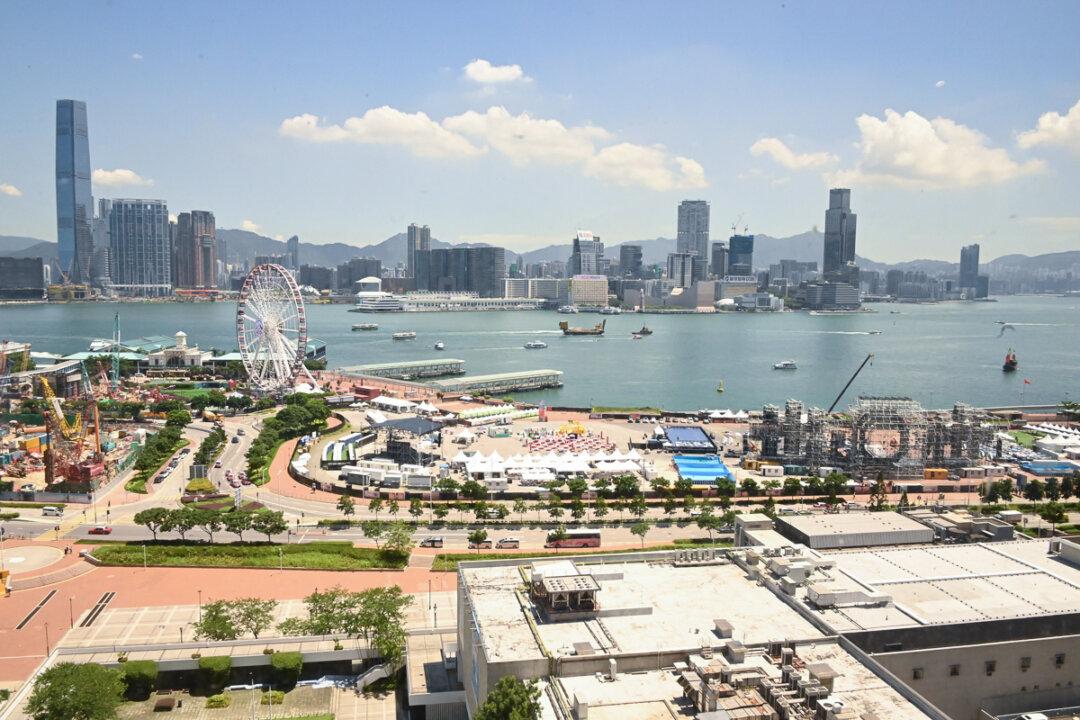In response to the HK government’s “public engagement exercise” for the “Proposed Amendments to Protection of the Harbour Ordinance” (PHO), the Society for the Protection of the Harbour (the Society) held a press conference on July 18 and expressed strong opposition and concerns. The Society worries that if the government’s intention was to “take back control of reclamation” in the harbour, with earlier reclamation plans already in place, Hong Kong’s Victoria Harbour might soon become “Victoria River or even Victoria Stream” in the future.
Earlier this year, in a March 28 discussion paper sent to the Legislative Council Panel on Development, the government asked Legco members to review its “proposed framework of legislative amendments to the Protection of the Harbour Ordinance. The paper quoted from the government’s 2021 Policy Address, which initially suggested the review of the PHO, noting that the “intention of the legislative amendments was to improve harbourfront connectivity or enhance harbourfront areas for public enjoyment, and not for reclamation to provide land for sale or building development.”




